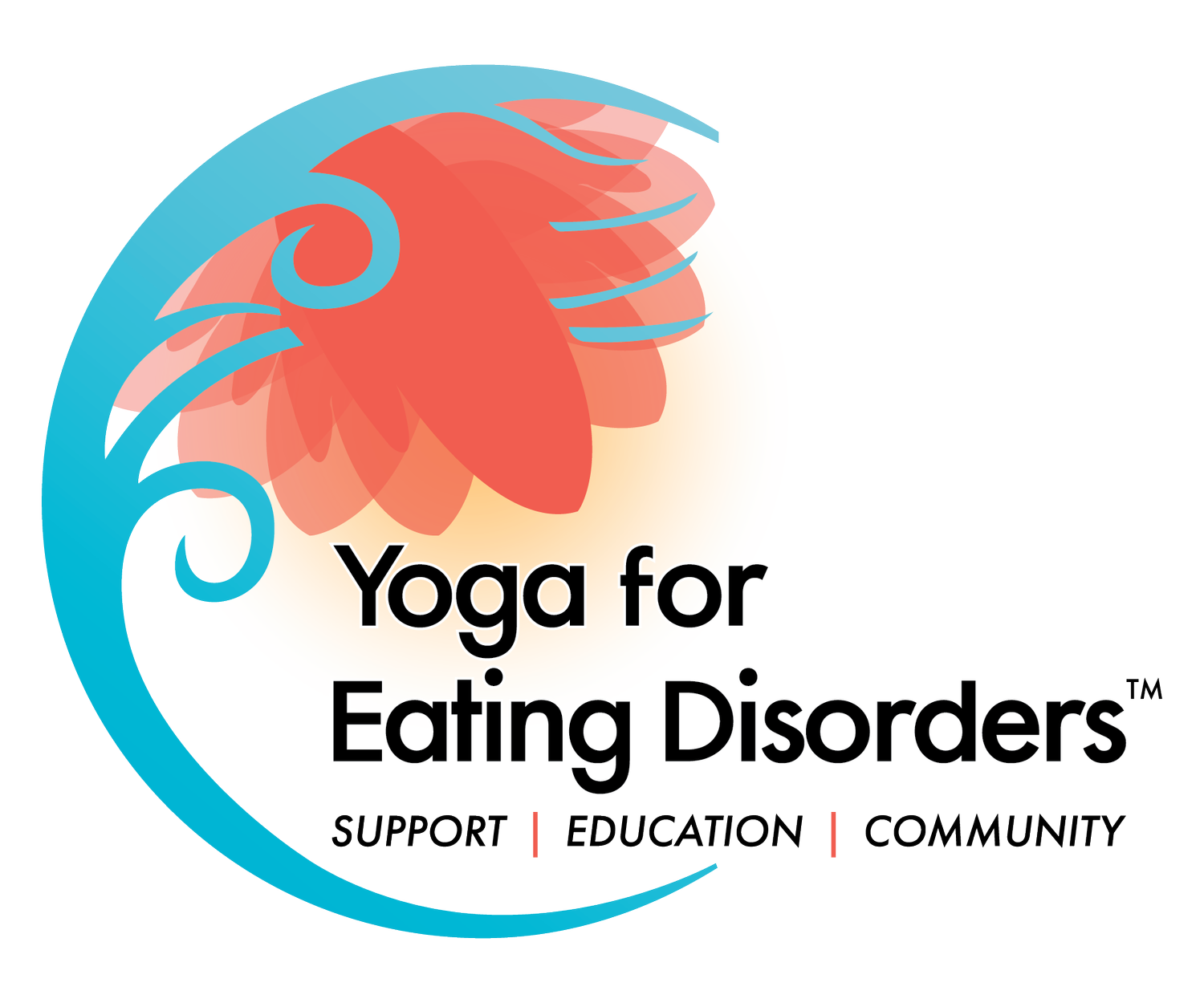3 Yoga-Inspired Ways to Deal With Triggering People, Places & Things
We all have people in our lives who challenge our patience and test our resolve. No matter how kindly you have asked them to not discuss certain topics or refrain from making certain comments, these individuals don't ever seem to get the message. Or, it's the case of being at work or a social event and having no choice but to endure triggering conversation.
It's the worst, right?
I've been there. Like the time someone brought me chocolate covered pretzels as a gift while in inpatient treatment for an eating disorder! For REAL! Oh, I could go on and on. And I am sure you could, too.
But here's the thing about "going on and on:" we get charged up, aggravated, and thrown off our center. Our minds spin with negativity as we relive, ruminate, and rehearse the past. This is not to say we should not feel what we need to feel to heal. We must do that important work too. But we must also learn how to remain present and peaceful to protect ourselves from the side effects of triggering people, places, and things.
My yoga practice has taught me some very helpful skills for dealing with triggering people, settings, and conversations. These yoga-inspired approaches are challenging because they ask us to be kind when we are provoked, grounded when we are revved up, and calm when we are flustered. Yet, they are also extremely freeing, because we learn we can choose to not make someone's ignorance or insensitivity about us ("It's not me, it's you" is what I mean here.)
Here's 3 yogic ways that I stay present and peaceful when I am in a triggering situation. I want to share what I've learned and what helps me with the sincere hope that they help you as well.
No. 1: Stay neutral. Yoga philosophy teaches that the more neutral we can remain in our lives, the less we will suffer. For example, think of a yoga pose that physically challenges you. Visualize yourself in the pose. Now notice: What's your attitude in the pose? Are you holding your breath or breathing with ease? Are you counting down for the pose to be over or are you able to rest your mind on your breath and be calm. Are you miserable or unaffected and open to what is? When we hold a sense of calm in a pose, our physical, emotional and mental dispositions are more toward neutral than when we are panting and impatient.
This same idea applies off the mat, too. When we are reactive to a person, place, or thing, we tend to be the opposite of neutral. To be neutral does not suggest we should not care. Instead, neutral means not being over or underwhelmed with emotion. We sort of settle into the moment and "just be." When you sense yourself getting worked up and you feel stress settle in your body (perhaps in your neck or shoulders or arms) and your mind start to spin, that's the time to shift from distress to a more neutral zone. To do this, purposefully relax tense areas of your body and repeat "I am neutral" or just simply "neutral" to yourself over and over until you sense yourself calming down. You might also firmly ground your feet into the floor or your hands into one another and take a few deep breaths to help create neutrality in your body.
No. 2: Exhale often and with gusto. Deep breathing is great, magical even when dealing with stress. But sometimes we need to let off some steam. To do that peacefully, let out a good, strong sigh. Exhale like you mean it. I sigh ALL the time. Even when I am feeling happy. Sighing is an easy way to release, reconnect with self, and clean out stagnant thoughts and emotions, like frustration and irritation.
No. 3: Wish others well. I have found the yogic path of love--also called bhakti yoga--to be a helpful practice when I am with challenging people. This yogic path focuses on the emotional nature of relationships with ourselves and others, and it teaches about how to balance strong emotional states—such as sadness, fear, worry, anxiety and so forth. To smooth out these dips in mood, or become more neutral, one way you can practice bhakti yoga is by simply wishing others well. It is a simple practice, and the intention behind it is virtuous. I am not suggesting you say these words (I wish you well) directly to the people who are driving you crazy. Rather, this is a quiet practice meant only for you to hear. It cultivates positivity within and extends goodness without. Praying for others creates the same energetic goodness. When you feel triggered, try pausing to send out goodness to the person who is instigating you. Simply say in your mind, "I wish you well." Repeat this mantra to yourself until you feel less agitated and more good will within. Doing so will calm your nervous system and balance out stress-producing emotions.
These yogic approaches will not change a blessed thing about the person or situation that is causing you angst. Instead, they will strengthen your relationship with yourself, because you will feel empowered to peacefully handle triggering moments. When we build and nurture that kind of trust with ourselves, we learn how to lead our lives rather than ping pong between people, places and things that we feel we have to guard against. We ultimately learn to wish ourselves well.

